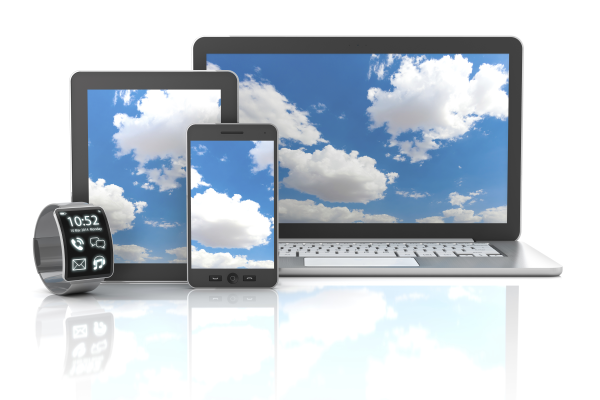
2015 is an exciting year for technology trends. People are constantly connected to their different devices. Smart phones are providing experiences and functionality that improve our daily lives and have evolved in many different directions. “Smart brands will continue to create campaigns through this connected-consumer lens, and the confluence of product, marketing, technology, and other driving functions will be more important than ever — as it’s this blurring of lines that will enable these richer consumer experiences.” (Rajamannar, 2015) Here are a few of the trends that will shape the mobile environment moving forward:
- The market for wearable technology is about to take off. While Google Glass may have started the movement in the business sector, the Apple Watch will be the push for others to develop wearable technology that can compete in the growing market.
- Brands are aiming to engage with consumers multiple times. Many are moving to a subscription service with frequent updates. Instead of focusing on selling the product to the consumer, brands are interacting with their customers on a regular basis and helping them to engage with the brand over time.
- Apple is also paving the way for mobile payment options. Starbucks has been encouraging customers to pay using their apps for some time and Apple Pay already supports a number of banks and credit card providers. We are expecting to see consumers using their phones for low-value, daily items as more companies offer mobile payment options.
- Mobile payments will expand globally. An increase in global tourism has influenced many apps to be adapted to more languages, but now app developers will be challenged to support international currencies as well for people who might download apps while traveling abroad.
- The trends are not stopping at mobile devices; competition is increasing for the best tools to connect different features in the smart-home sector. Apple already has a HomeKit launched that works on a closed system like the App store. Other companies like Comcast, AT&T and ADT will need to quickly adjust to offer features that work with all operating systems.
- Not only are homes becoming completely connected, more in depth traffic-aware GPS, Wi-Fi, and information will be provided directly to your vehicle. Heads up displays projected on the windshield will also continue to improve in appearance and functionality.
- Developers will feel the pressure to decrease the unnecessary data collection required for the core functionality of an app. For example, a flashlight app that asks for permission to access your location. There will be more emphasis on security and privacy to stand out and counteract this notion.
- Increased accessibility means increased security. As wireless networks and data breaches become more common, companies and consumers will need to be cautious of security measures and authentication processes protecting their data.
- “Seamless context transfer across devices will be the new big app feature,” said Sravish Sridhar, founder and CEO of Kinvey. It will be a huge benefit for companies that can transfer seamlessly between wearables, phones, tablets, and other devices.
- Health and nutrition monitoring will expand with consumers generating more data than ever before on nutrition, activity, sleep, heart rate and stress levels all being tracked and analyzed by mobile and wearable devices.
- Companies will be moving toward BYOD policies as they turn to web-based tools to store company data.
- Mobile development will lead the way before desktops. Now that mobile technology is the leader, companies will begin with the mobile development and follow with the desktop format.
2015 is clearly the year of mobile technology and staying connected. This leads us to expect more from our devices and our providers at any time, from any place. If you need help staying ahead of the competition, contact us.
